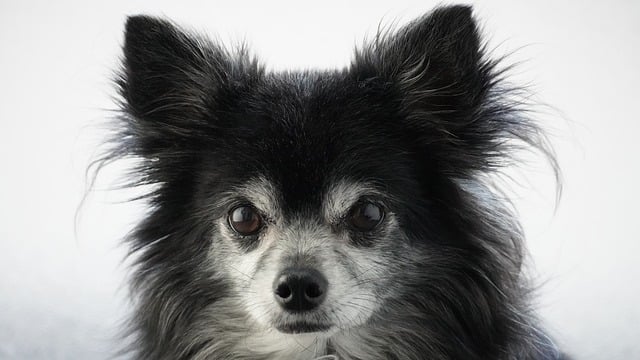
How to train a Chihuahua for toilet training?
Chihuahuas’ tiny size makes toilet training feel tricky—their small bladders mean they need frequent trips outside, but consistency is key to helping them learn.
There’s something so charming about a dog offering their paw—whether it’s to greet you after a long day or show off for guests. It’s not just a cute trick, either; teaching “shake hands” helps sharpen your dog’s focus and deepens the connection you share. Best of all, it’s easy to break down into simple steps that work for pups of all ages, from wiggly puppies to calm senior dogs.
Dogs love learning new tricks when it feels like play, and “shake hands” is one that builds trust while showing off their smarts. Start with a quiet moment—maybe after a walk when they’re calm but still alert—and have their favorite small treats handy. Sit on the floor at their level; leaning over can make some dogs nervous, so keeping things low-key helps them focus.
Hold a treat in your closed fist, letting them sniff it so they know it’s there. Wait for them to nudge or paw at your hand—this is their natural way of exploring. As soon as their paw touches your palm, say “Shake!” clearly, give them the treat, and praise them with excitement. Repeat this 5-6 times per session; short, frequent practices (10 minutes max) work better than long, tiring ones, thanks to dogs’ short attention spans.
 Once they start offering their paw consistently, try holding your hand out without a treat in it. When they paw you, say “Shake,” then reach for the treat to reward them—this helps them link the action to the command, not just the sight of food. If they get confused, go back to the closed-fist trick for a round or two; never scold them, as negative feedback can make them afraid to try again.
Once they start offering their paw consistently, try holding your hand out without a treat in it. When they paw you, say “Shake,” then reach for the treat to reward them—this helps them link the action to the command, not just the sight of food. If they get confused, go back to the closed-fist trick for a round or two; never scold them, as negative feedback can make them afraid to try again.
Keep local rules in mind too. Some cities require dogs to be under control in public spaces, so practicing “shake hands” can also reinforce obedience—useful if you’re at a park or sidewalk where leash laws apply. Avoid practicing near busy roads or loud crowds at first; too many distractions make it hard for them to learn, and it could violate public safety guidelines if your dog gets overly excited.
After a few days, most dogs will start offering their paw when they hear “Shake!” even without treats every time. Celebrate small wins—like when they do it in a new room or around a friend—to keep them motivated. Remember, every dog learns at their own pace; a puppy might pick it up in a week, while an older dog could take a little longer. Staying patient and positive not only teaches a fun trick but also strengthens the bond between you and your pup, which is the best part of training.

Chihuahuas’ tiny size makes toilet training feel tricky—their small bladders mean they need frequent trips outside, but consistency is key to helping them learn.
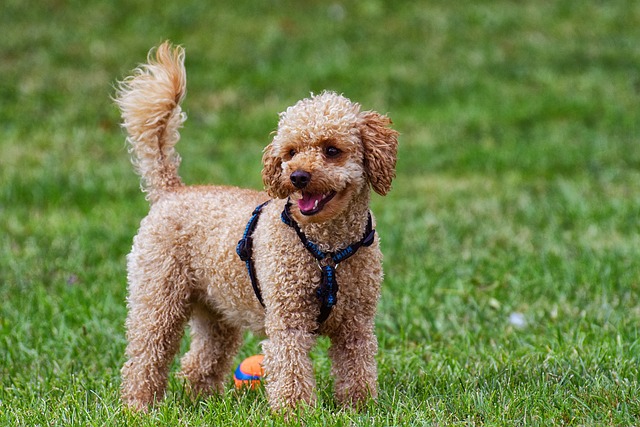
The idea of housebreaking a puppy in just five days might sound like a fantasy, but while you can’t expect perfection in such a short time
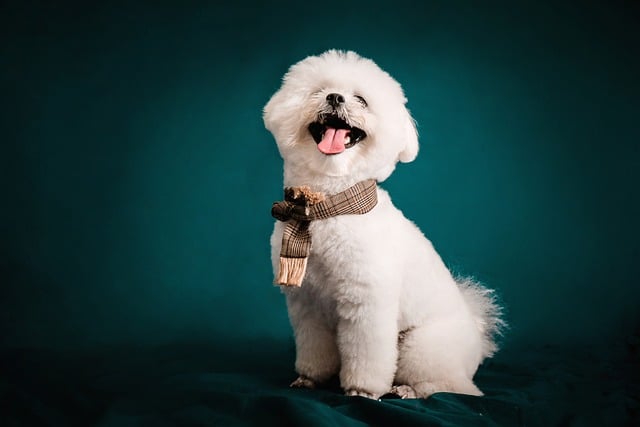
If you're constantly mopping up accidents and wondering when this phase will end, you're not alone. The journey to reliable potty training feels endless when you're in the middle of it
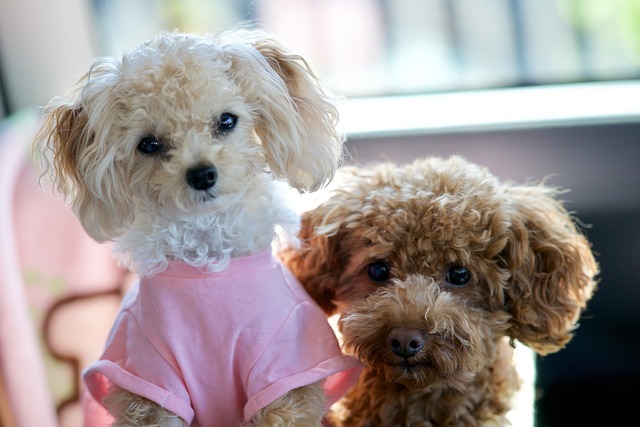
Bringing home a new puppy is an exciting adventure, but amidst all the cuddles and playtime, you might wonder where to even begin with training.
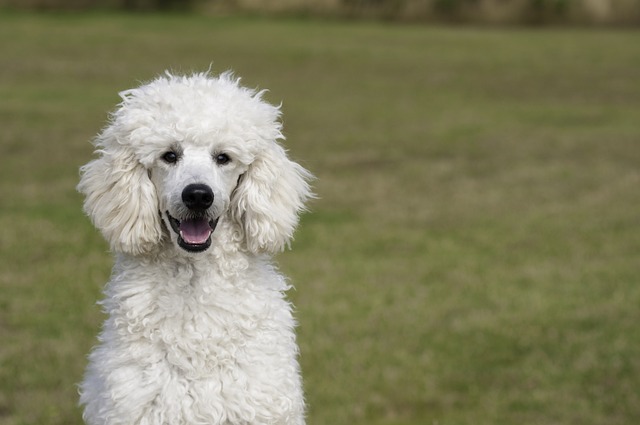
Giant poodles are smart, eager to please, but their size means accidents can be messy—so starting potty training early (around 8–12 weeks old) saves frustration for both of you.
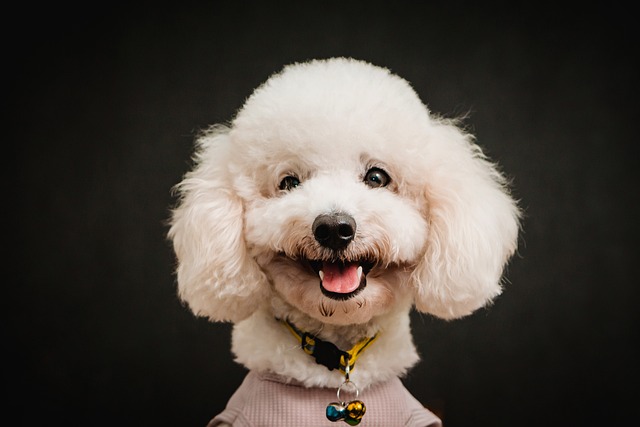
We’ve all seen those perfectly behaved puppies and wondered, "How did they manage that so fast?" While there’s no true shortcut to raising a well-mannered dog